Your customers are out there, waiting to buy your products. If you wait too long, they’ll go to your competitors. Don’t let that happen.
Amazon is taking the world by storm with its next-day and same-day delivery services. Their strategic plan is to have warehouses in every major city, all over the world, complete with trained employees to provide top-notch customer service.
The future of online is offline. And, blogs offer a great way to prove yourself and drive customers to a brick-and-mortar business.
Blogging may seem like an activity that’s prominent for online businesses, but smart marketers are taking advantage of it to grow their offline businesses. Ideally, combine both offline and online marketing for the best possible results.
In fact, your potential customers expect that from you. According to Graphs, “64% of shoppers research products online before buying offline.”
An offline buying cycle usually begins online. A survey, by PriceWaterhouseCoopers, found that “70% of consumers use smartphones to find out where the nearest store is located around them.” If your online marketing strategy is not well-orchestrated, your offline business will suffer.
Step #1: Market Analysis
If you want to fully understand your market, the first step is to assess it. Do you have a big enough target audience to sell to?
On the web, a niche marketing strategy is a common tactic, because you can’t afford to market to every potential customer out there. Why would you sell snow jackets to West Africans, when they don’t have a cold climate? It would be a total flop.
Here’s how NetMba explains market analysis:
According to the U.S. Small Business Administration, determining your potential market share and conducting a competitive analysis are two essential elements of small business success.
Inbound marketing strategies are proven to generate leads, but those strategies are more likely to produce great results when you get to know the minds of those prospects whom you’ll eventually convert to potential customers.
Market analysis puts you ahead of the game. It shows you exactly where your potential customers are getting their information and how open they are to different types of content, including product reviews, case studies, and visual information.
For the same reason, you should conduct keyword research (more on this later) – to understand trends and the psychology of consumer behaviors.
Nothing happens by chance – something triggers your potential customer’s choices. It could be social media marketing strategy changes, content marketing strategy changes or government policies.
Step #2: Brand Marketing Strategy
Your brand is you. When you think of Virgin Group, Richard Branson probably comes to mind.
In the same vein, a company’s brand is its reputation. And, you earn that reputation by doing “hard things well,” says Jeff Bezos.
Nothing is as exciting as knowing that every time you tweak your website, copy, or product, it will eventually either improve your conversion rate or kill it.
When the competition gets tougher, top brands aren’t worried. They’ve been set apart by potential customers, through excellent products and customer service.
Brand marketing is not a one-way street or a one-time effort. It’s what you do consistently. Before you get started, though, you’ve got to know your target audience (see Step #1, above).
People make judgments about how strong or weak an offline business is, just by looking at the logo. Of course, your logo is just one aspect of your branding – there is much more to it, including the customer service that you provide.
Remember that when you’re building your brand, using both online and offline strategies, you’ll have to say “no” often. According to Pamela Wilson of Big Brand System, “The Power of a Well-Placed No” can be the best move for small business owners to utilize.
And, because “no” is the hardest word to say, most marketers find themselves struggling to abide by their standards or meet expectations, after saying a reluctant “yes” to a deal.
Consequently, they weaken their brand. No matter how hard they try to build and strengthen it, it won’t work – because the foundation has been broken.
Step #3: Using Your Blog to Attract Potential Customers to Your Offline Business
According to Eric T. Wagner of Forbes, “80% of small businesses crash and burn within the first 18 months.”
It doesn’t matter whether you’re a business of 1 or 1000: business success is about relating to customers and seeing problems through their eyes. This helps you to solve their problems, regardless of the kind of business you’re building – offline, online or both.
A critical step in solving problems is to define your ideal customer. Skip this step and you’re headed for failure.
A research study, by Statisticbrain, found that only 55% of offline, service-based businesses are still operating after 4 years. The remaining 45% just fizzle out. Here are even more statistics, from different industries:
Your blog is powerful enough to drive potential customers to your offline business if you use it wisely. Plan your content and promote it wisely. With an offline business, you have to find your target audience offline, too.
Don’t start your blog – or your offline business – just to make money. Money is just the by-product of a successful idea that’s well-executed.
When an idea occurs to you, you have to nurture it and take action on it. And, if you’re a visionary entrepreneur, you should be able to see the success of your offline or online business, even before you get your first customers.
Most people think that getting results from a blog could take 6 – 12 months, but that’s not true. But in fact, a large portion of offline businesses start generating leads in the first 2 – 4 months – just by blogging frequently.
You must understand the science behind content writing if you want prospects to flock to your offline business. The type of content that drives traffic and builds a brick-and-mortar small business has to be specific and targeted to the right audience.
Meaningful information will have a greater impact when it’s shared through storytelling. And this is important for both blog posts and social media engagement. Stories captivate minds and resonate with the emotions. Human beings are simply wired for stories.
Research keywords pertaining to your offline business: Keyword research should be part of your blogging strategy.
Researching keywords is actually the first thing to do when you want to know what your prospects are using search engines to query.
Keyword research tells you what products and services your prospects are looking to buy and how desperate they are to find them. Without a grasp of keywords (the specific queries typed into search engines), you’ll be lost, when it comes to content execution.
Some small businesses are already taking customer insights and feedback seriously – and you need to join them.
If you’ve read the story of how Shopify grew 10x in three years, you probably noticed they’re using an omnichannel strategy to gather customer insights and feedback. Here’s an excerpt and chart:
The blogging statistics pyramid, by Empowering Blog, found that blogging businesses get 97% more inbound links and 434% more indexed pages. The rule is to stay consistent and learn along the way.
Unfortunately, most people are not using blogging to its fullest potential. They still prefer social media and in-person events. This is prominent in some countries, especially Australia, where small businesses prefer social media content to typical blogging.
And yet, according to statistics from HubSpot, 93% of companies that use an inbound marketing strategy, including blogging, get more leads.
I think that the reason why some small business owners don’t adequately leverage blogging is that they don’t really understand their potential customer’s mindset and desires. Blogging does seem to be the best way to stand out from the crowd.
The question to ask is this: are your potential customers using search engines to find products to buy from an online business or in-store? Or, would they want to speak with a customer representative first, before investing in your service?
The only way to answer these questions is to research which keywords your potential customers are typing into the search engines.
Words have power. When those words come from your target audience, you need to pay attention.
When your potential customers type certain words into search engines, those words will help you make smart business decisions. And, that will make your customers happy.
To research the keywords that pertain to your offline business – those search engine phrases that your ideal customers are using to find what you sell – you need to put yourself in their shoes, so to speak.
Your work’s not over yet. Now that you’ve found the keywords that your ideal customers are searching for, it’s time to create article headlines with them. Of course, by now, you should know exactly what to write about, because you’re an expert at solving the particular problems that your potential customers are facing. The article headlines are critical to the success of your content, just like headlines on the cover of a widely read magazine.
In fact, Ted Nicholas, a famous direct response copywriter, said that 73% of your client’s buying decision is made when they come in contact with your content headline. So, it pays to make your headlines as powerful as possible.
Enough talking; let’s create some catchy headlines with the keywords that we researched earlier. What I’m going to do is to use ideas from the magazine cover above to make my own unique headlines.
Movoto, a real estate blog, has some catchy headlines. You may want to learn from them, if you’re in that industry, especially with the keywords below:
The target keywords that will do this job are:
- Homes For Sale In New Jersey
- New Jersey Homes For Sale
- New Jersey Multiple Listing
- New Jersey Realtors
Keyword: homes for sale in New Jersey
- Homes for Sale In New Jersey – Strike a Smart Deal
- 7 Factors to Consider When You Find Homes for Sale in New Jersey
- These Home for Sales In New Jersey Have More Hidden Clauses
Keyword: New Jersey Realtors
- Get In On The Professional New Jersey Realtors
- Top 5 New Jersey Realtors Who Can Help You Turn Failure Into Success
- You Can Turn Failure Into Success With These New Jersey Realtors
- The Step-by-Step Guide to Finding Expert New Jersey Realtors
So, if you run a WordPress blog, for example, you can create highly useful blog posts, write in-depth articles that will rank well in Google SERPs and write ebooks and short reports that you can give away, in exchange for a prospect’s email address and phone number.
You can even create videos and upload them to YouTube, where tens of thousands of people in your target audience can easily find them. There is so much that you can do with the headlines above.
2). Create engagement-focused content: Whether you’re running ads or relying on word-of-mouth, the foundation is great content that engages. This kind of content will double your search engine traffic and drive qualified leads.
Offline businesses are beginning to see the impact of great content.
Creating content that will engage your audience has everything to do with your understanding of the engagement sequence. First time blog visitors and prospects who come to your blog may not be ready to buy your products or to visit your brick-and-mortar store, yet. They need to be nurtured, until they begin to trust you.
It’s a lot easier to create engaging content that will funnel prospects to your offline business from your blog. Just follow this 4-phase engagement sequence, as highlighted in the above image.
I like to call it the CIES model:
- C – Connect
- I – Inform
- E – Entertain
- S – Share
A). Connect: Having no prior knowledge of you or your product, your potential customers want to connect and get to know you. Nothing more.
At this stage, you want to avoid inflicting “information overload” on your prospects.
The ideal approach is to welcome the person. Show them around your blog. Or, better yet, give them a free ebook, introductory video, free trial to your software or the like.
You may even ask for their email address, in exchange for one of these freebies. However, the key is not to hijack their email address and start bombarding them with promotional emails – that would be terrible!
For example, Lewis Howes understands how to connect with first-time visitors to his blog. He uses a simple and non-intrusive pop-up, opt-in box, which is designed to captivate the target audience.
Andrew Warner, the founder of Mixergy, uses a tactical bit of linkbait, to connect with first-time visitors to his blog. Having interviewed over 1,100 industry experts, including the founders of Wikipedia and Groupon, he displays the pictures of those experts on his homepage as social media proof. Of course, this could inspire a potential client to trust Warner’s recommendation and decide to hire him.
The science of social media proof gives us an idea of what to expect from the target audience when we use product reviews, testimonials, social media marketing strategy statistics and so on. Ed Hallen, of BufferApp, gives a great explanation:
These social media proofs will, in turn, encourage people to subscribe to your email list. And, once you have a prospect’s email address, your job is to educate them on a consistent basis.
Nurture them with engaging content, so they’ll have no need to go to your competitors. Content is truly king!
According to Curata, 56% of leading business bloggers have documented plans to hire additional content marketing personnel, in the next 12 months.
These leading bloggers have learned that the only way to thrive, in this competitive digital and offline marketing era, is through custom content that’s designed to engage.
As you start to communicate with prospects via your blog and email, you also have to measure engagement, through metrics like the number of visitors to your homepage, subscribers, social media mentions and others.
The truth is that everyone wants to learn new things and find solutions to their problems.
If you challenge yourself to make it worthwhile for your potential customers, by sending information (i.e., content) that helps to alleviate their pain, you’ll successfully drive customer loyalty.
B). Inform: Content that informs is critical for building your small business, whether it exists within an online business or in physical locations. I once watched a video, by Eben Pagan, where he shared some powerful copywriting tricks. He said that compelling copy always starts with motivation, followed by information, then action.
These days, outsourcing is prominent in the internet marketing world. And, even though 62% of companies outsource their content marketing strategy, companies still must persuade and inform them correctly.
A successive parade of freelancers may not be able to do this for your small business, because you’ve got to be consistent with your voice.
The second sequence of content engagement is where you “inform” the customer about their needs. Yes, they had a need before coming to your blog – now, you have to reiterate it and provide a solution. This is the easiest way for them to know that you have exactly what they’re looking for.
Make no mistake: You can’t just tell people that you have a solution for them. First, identify their challenge or problem – then offer your help. That’s how you create engagement.
To “inform” your customers with the right information, you need to break it down for them. Again, don’t overwhelm them. Three to five bullet points is all that you’ll need to drive home your message.
Marie Forleo, the B-School Queen and an influential blogger, doesn’t use bullet points to inform her blog visitors and potential customers. She uses a single sentence, which is actually the subtitle for her page.
C). Entertain: Celebrities and entertainers have one common attribute: when you watch the ones that you like, you feel better and want to share that feeling with others on social media. So, even if your small business is of the offline kind, you’ve got to entertain people.
When prospects come to your office or store, don’t make it boring for them. Remember that the first impression matters. The same is true for your blog. It should be interesting and engaging if you want people to stick around.
Trust me on this point: If you have the right information or solution for your potential customers, but your blog design is boring and your article headlines are not compelling, you won’t generate leads. And, when that happens, you’ll be out of business.
This is why your blog design has to be professional, clean and visually appealing.
Content may be king, but design executes the decrees of the king
If you use WordPress CMS to manage your blog, there are professional themes that you can use. Better yet, hire a professional WordPress developer to build and customize your own theme.
One of the best WordPress blog designs around is Derek Halpern’s socialtriggers.com. With his picture on the homepage, it makes a huge personal branding statement.
D). Share: The fourth and last phase of the engagement sequence is sharing – sharing with your readers and compelling them to share your content on social media.
One test of engagement for your content is how many social media shares it generates. In this digital age, the public decides who has the best content – not the writer or marketer.
The rule to follow is “always make sure that your blog posts are as easy as possible for your readers to share on social media.” You can install the WordPress Sharebar plugin and display it on the left side of your post pages.
3). Engage blog visitors in the comments section: Every aspect of your blog is important, including the comments section. One way to easily increase comments on your blog is simply by responding to them. I respond to the majority of comments on my blog if not all.
In fact, when I discovered the potential of comments, I began to take it seriously and generated $25,000 with 249 comments on other blogs.
Within a short while, I saw 3,973 visitors and six leads from the 249 comments I left on other blogs. I left those comments on industry blogs, which produce the best results for me.
Your goal is to drive customers to your offline business, through your blog. If you ignore comments, you may miss out on potential customers who read your posts, benefited from them and decided to write a comment.
If you don’t take time to review comments and respond, how on earth are you going to establish and maintain a strong bond between you and your customers?
Just by responding to comments, you’ll engage the readers and build a stronger rapport that can lead to real business. I always respond to comments and this has helped me to connect with my readers on a more personal level.
Brian Dean, the founder of Backlinko, typically receives over 150 unique and valuable comments from his blog readers on each post. He replies to virtually all of them:
4). Use storytelling on your “About” page: One of the most important pages in every blog is the “About” page. That is where you share your big-picture vision and back story.
If you want to convert visitors who stumble on or visit this page from search engines, social media or direct referrals, your best bet is to use storytelling.
Remember that the human brain is wired to remember and be moved by memorable stories. So, use them wisely to connect with your customers and funnel them to your offline business.
5). Promote offline events with your blog: There are countless offline events that you can take part in, such as conferences, workshops, summits, seminars and trade shows. These are all opportunities to both showcase your blog and to drive more potential customers to your offline business.
As the event kicks off, try to update your blog regularly with the latest happenings and lessons learned.
Then, refer attendees to your blog to learn more. You’ll be strengthening your bond with them, which is a great customer relationship strategy.
Pat Flynn is one marketer who uses his blog to promote offline events that he keynotes, such as the NMX conference.
Step #4: Measure Conversion Rate for Blog Landing Pages
If you want to get results for your blogging efforts, you’ve got to set up goals for your analytics and track the relevant metrics consistently. Every small business entrepreneur needs to do this because that’s the only way to make smarter business decisions.
Here are some statistics, to keep you informed about conversion rate:
It doesn’t matter what platform you’re using to drive potential customers – there should be some form of tracking in place, in the same way that you measure the impact of offline events. This helps you hold your marketing efforts accountable.
Jeff Adelson-Yan says that the ideal place to start is to create landing pages specific to the offline campaign and then track the effectiveness of the call-to-action.
Ramsay Taplin saw a 22.7% conversion rate on his new landing page, just by tweaking the subscription form and the typography:
As you can see, little things really do matter, when it comes to blogging and landing page design.
You can also set up different landing pages for the same product, then use an offline marketing strategy, like TV, radio, newspaper ads and word of mouth, to drive visitors to these separate pages. This way, you can tell where your visitors came from (e.g., TV ads) and which section of your landing page draws more attention.
When you connect online business efforts with offline conversions, you get better information about the response rates to your blog homepage, specific and high-converting landing pages and product pages.
There is no hard-and-fast rule on how long your landing page should be. The page that generated $1 million for Moz wasn’t spectacular – but it was right for the target audience.
This is why carrying out A/B split testing is essential. Simple landing pages, like the one at Groupon, convert well. Otherwise, they wouldn’t have kept it for months.
Remember the goal of a landing page is to get the ball into the hole, metaphorically speaking. This is usually the ultimate goal of Copyblogger Media when they launch a new software product for their content marketing community. They understand the profit potential when the ball gets into the hole – that is when your message appeals to the right customers.
Note: Your content has to be relevant to your specific audience. It’s no longer enough to have great design and so-so information. By tweaking your headline, subheadings, copy and call-to-action, so they appeal to the right audience, you’ll boost your conversion rate.
For example, Avis, a car rental company, saw an increased conversion rate of 105% when it partnered with House of Kaizen to optimize the performance of its PPC campaign.
Step #5: Use the Right Offline Marketing Resources and Tools
In your small business (whether online or offline), you need budget-friendly marketing tools and resources that work. These tools will definitely help you to build more social media marketing influence and become the go-to expert in your industry.
The fact that you’re a small business owner doesn’t necessarily mean that you should only be doing small things. Why not change the status quo?
According to Danny Bermant, if you really want to succeed with a content marketing strategy and online business promotion, you’ve got to understand offline marketing strategies, too. Remember: before the internet was invented, there was offline business.
And, customers haven’t changed all that much. They still crave quality service and valuable products that will solve their problems.
Personally, I believe that if you’re a good communicator offline, you’re more likely to succeed as an online business, because there isn’t all that much difference in the two approaches.
You need tools and resources for creating advertising materials, product packaging and broadcast materials (for TV advertising and radio), as well as other brand marketing strategy needs. When you start using the right tools, you’ll stand out from your competition and attract the right customers to your offline business.
A few of the tools that are helpful for both offline and online marketing are:
i). Kaep – Infusionsoft provides customer relationship management (CRM) and marketing automation software for small business owners.
One thing that you absolutely need, to run your offline business, is a tool that helps you collect customer contacts, manage them more efficiently and build relationships.
ii). CrazyEgg: I earlier discussed eye-tracking and heat maps and how important it is that you know where your site visitors are clicking. You’ve got to know which sections of your landing page attract more prospects. Is it the header, the sidebar, above-the-fold or the headline?
You can eliminate the marketing mistakes that 95% of marketers are making, by using CrazyEgg.
CrazyEgg is a simple, yet advanced piece of software that takes less than five minutes to install. When the install is done, you can log back into your account and visualize exactly where most of your visitors are clicking.
iii). Evernote: You’ll need something to take, save and collect notes. Evernote is a great choice. When you attend offline events, read books, listen to podcasts or negotiate a deal with prospects and customers, viable ideas are likely to occur to you. Don’t store those valuable ideas solely in your brain – you’ll forget them.
The Evernote app on your mobile Android or Apple device (such as Samsung Galaxy Tab, iPad, iPhone or Nexus) can do the job perfectly.
iv). Google Analytics: This is Google’s flagship software product. It’s free to use and shows you how many people visited your blog or landing pages.
Whether you’re an ecommerce entrepreneur, a consultant, an author or an offline business owner, you need to start a blog, create useful content and publish regularly. Then, track your progress by determining your ideal customers, which country they’re coming from and how long they stay on your blog.
Conclusion
In his book, 57 Hot Business Marketing Strategies, Tom Corson-Knowles said that at least 80% of your business activity should be focused on a targeted marketing strategy.
It’s not just about having data-driven blog posts on your blog, but also about marketing it to the right audience. That’s how you can profit and drive customers to your offline business.
You can no longer isolate a digital marketing strategy, just because you run a brick-and-mortar business.
Smart content marketers don’t use their blogs to push sales and earn quick bucks from their audience. Instead, they consistently create helpful content that builds trust and defines a loyal tribe that will stick to them no matter what, online and off. That’s the same approach that you should take.
Do you have an offline business? Tell us how you use blogging to drive customers and clients.


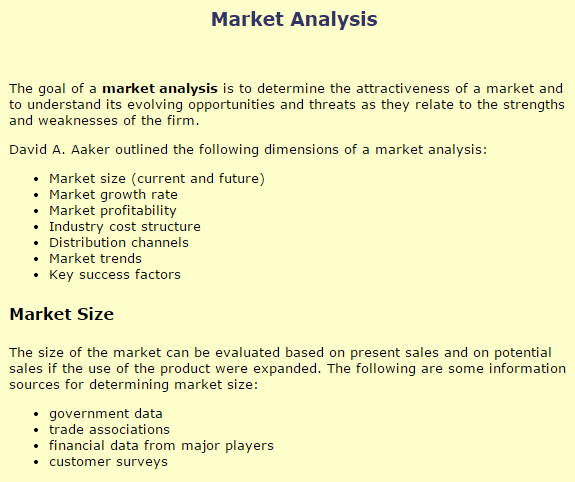
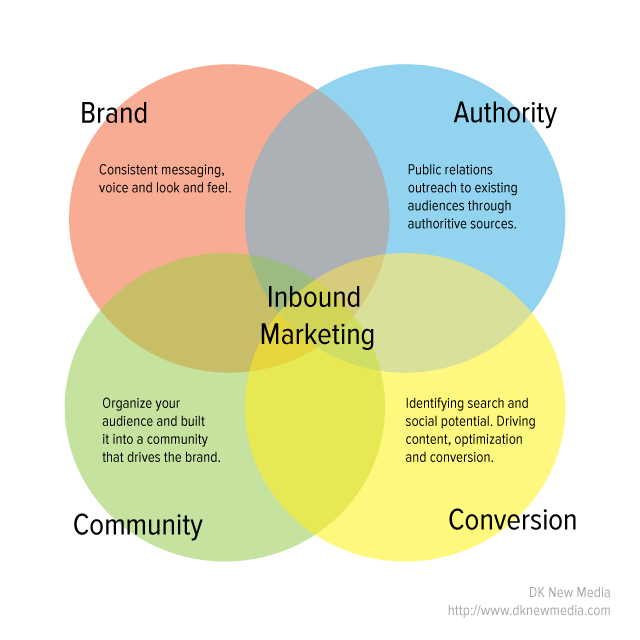
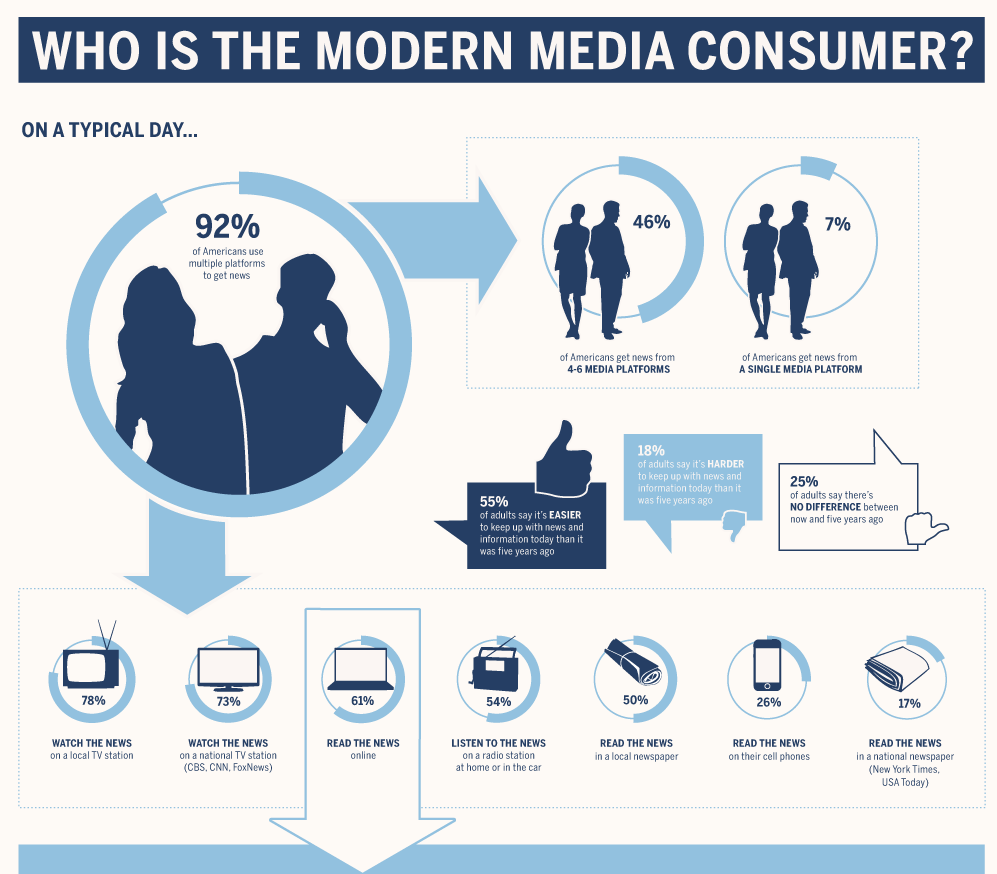

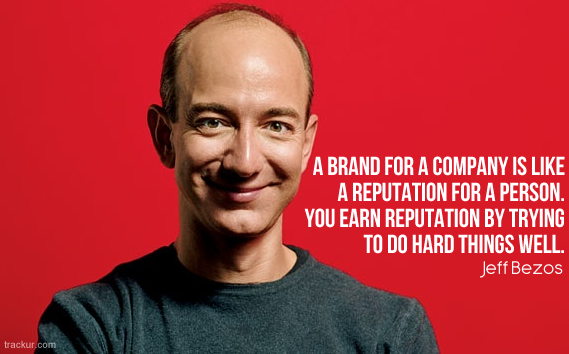



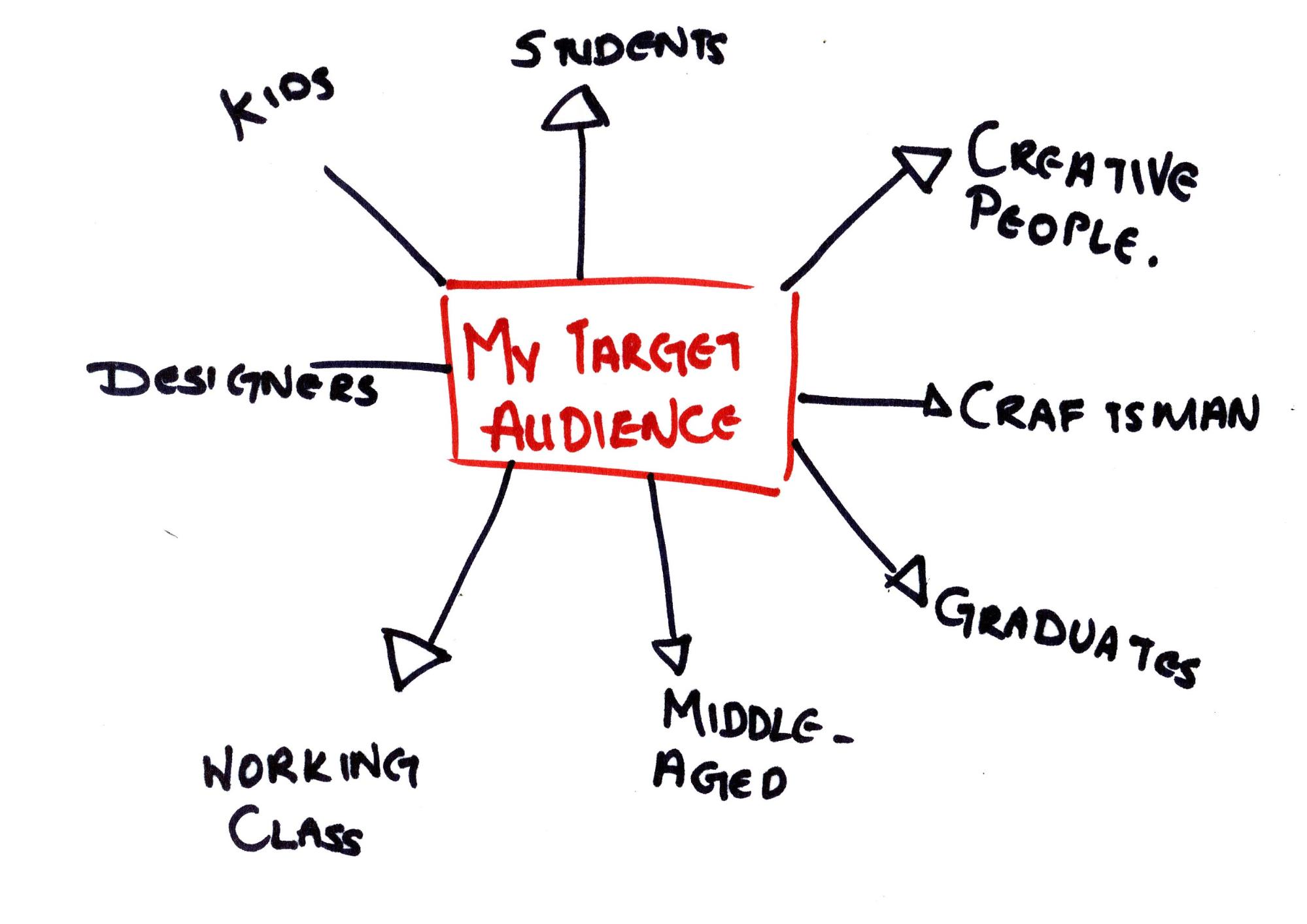



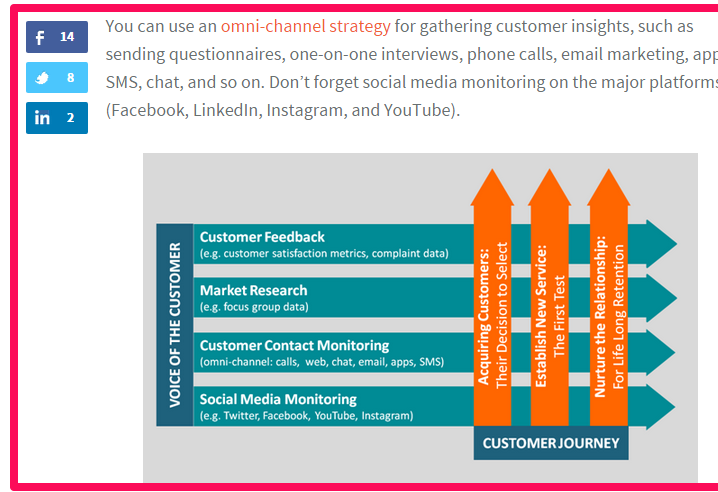






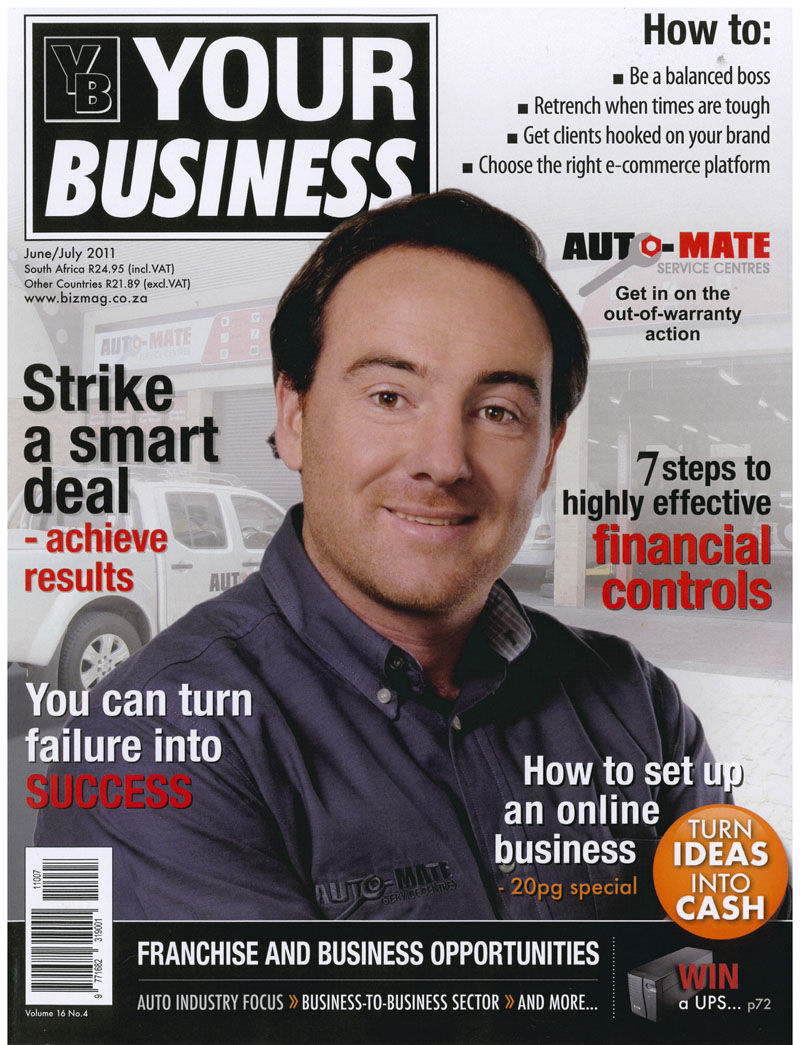






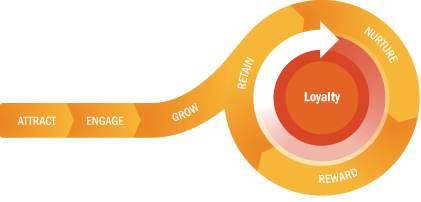




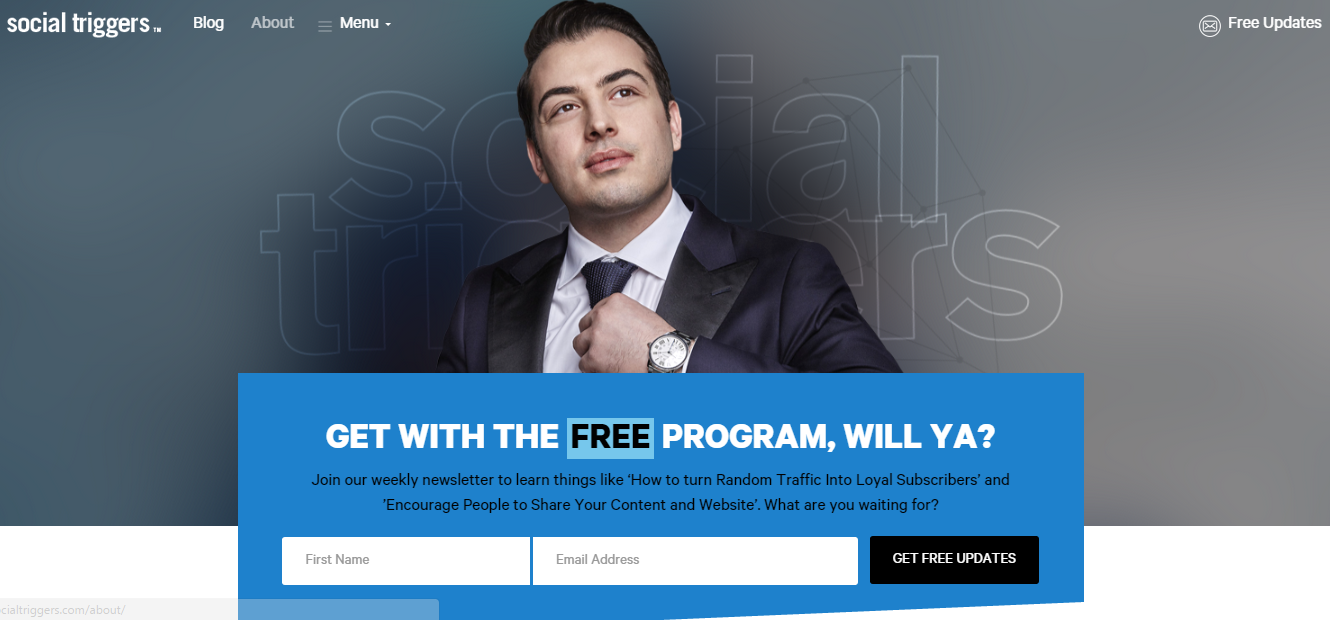

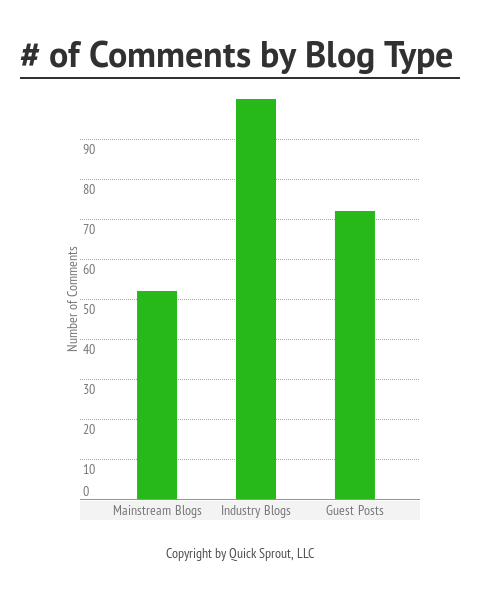











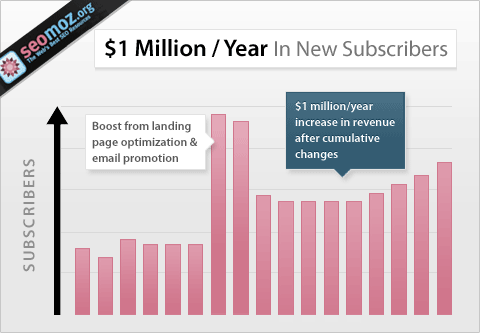

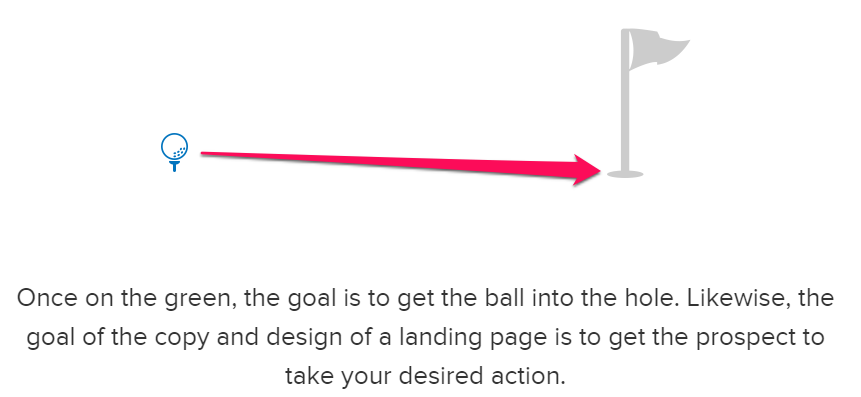







Comments (56)